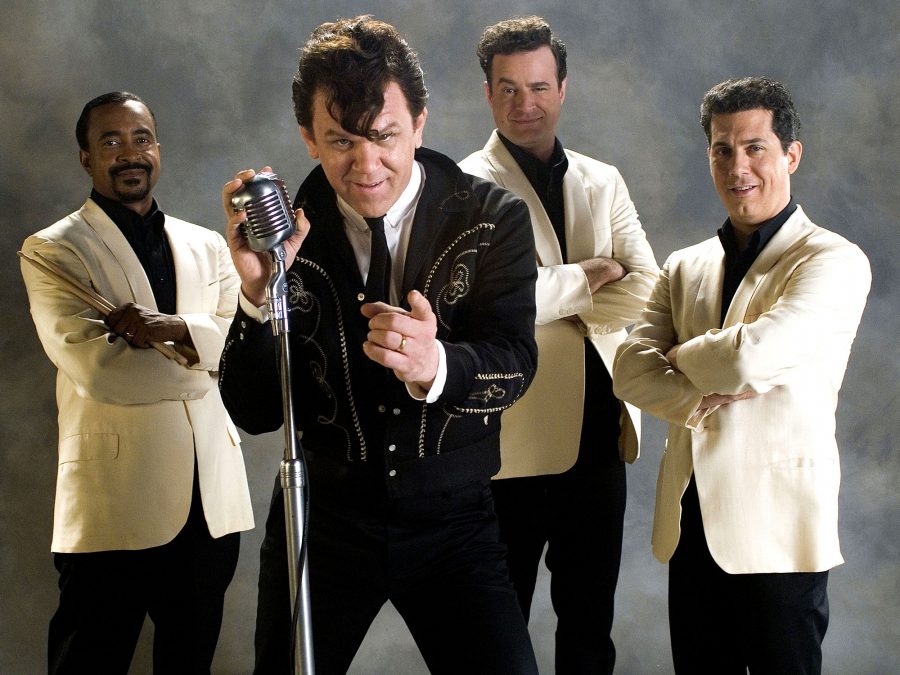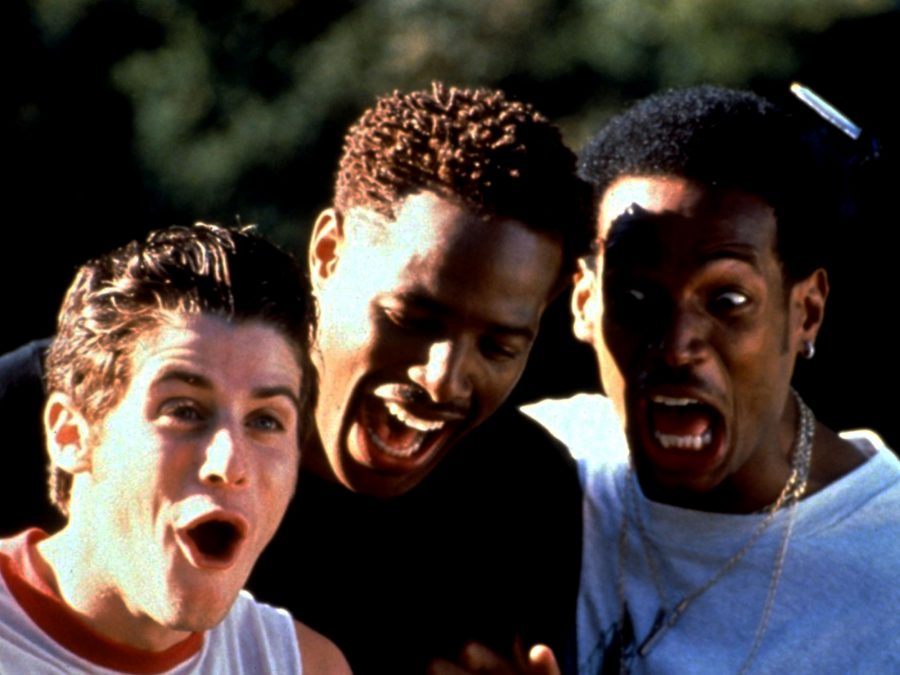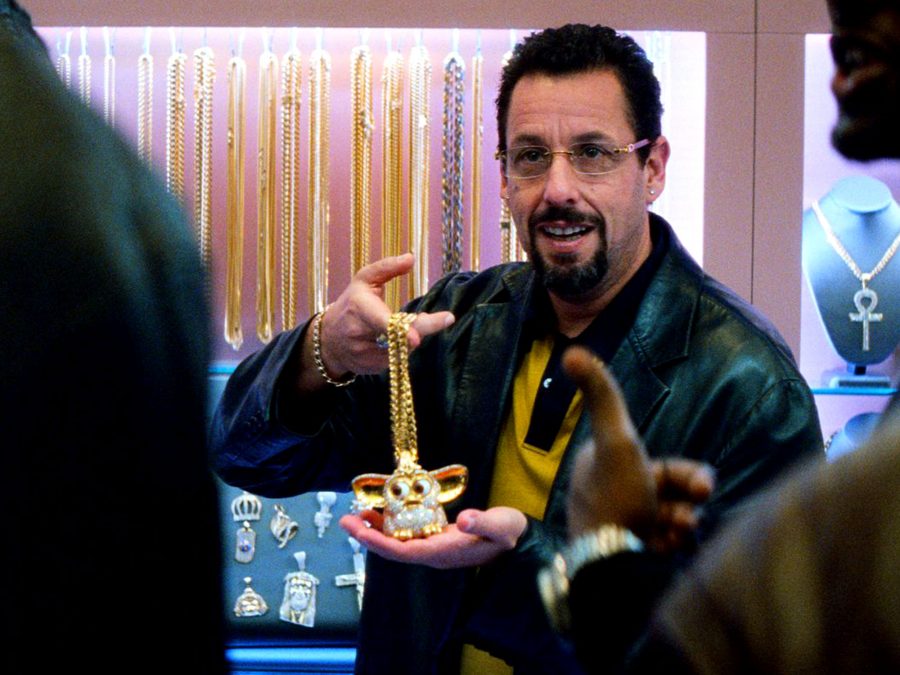My perpetual fear of the dark stopped me watching horror films until my late teens. At age 17 or 18, I decided that being able to enter into conversations with friends about Paranormal Activity outweighed not being able to sleep at night. I put together a highlight reel of the genre, starting with entry-level slashers like Scream before working my way through critics’ lists of contemporary horror films. One film that kept reappearing was Drew Goddard’s The Cabin in the Woods.
The film starts in a conventional fashion. A group of college students go to spend a weekend in a deserted cabin. You can probably guess how that pans out. Only it doesn’t. It transpires (spoiler alert) that a group of scientists are trying to fulfil an annual ritual sacrifice of the six slasher film archetypes: the athlete, the whore, the athlete, the scholar, the fool, and the virgin; so they unleash an array of textbook horror elements on the unsuspecting archetypes.
Goddard has been hesitant to describe The Cabin in the Woods as a parody, but it’s clear from the outset that the film is building on the conceits of various genre touchstones – tropes I had come to recognise after watching just a few horror films. Admittedly, Goddard’s film is fairly tame by most parody movie standards; while it draws attention to horror’s more familiar trappings, it doesn’t explicitly spoof anything in particular, which might explain its largely positive critical reception.
If you trawl the internet for critical writing on the cultural value of parody films, you won’t find much; even the terms frequently used to describe parody films, such as ‘spoof’ and ‘lampoon’, have broadly negative and reductive connotations. While there are a few well-regarded forays into the genre – The Cabin in the Woods being a prime example – because of their dependence on other texts, parody films are rarely discussed on their own merits.

In 2007, Walk Hard: The Dewey Cox Story took aim at the music biopic, specifically the critical and commercial hit Walk the Line. Up until the release of Straight Outta Compton in 2015, Walk the Line was the most successful music biopic to come out of Hollywood. It’s a good film, but its reputation took a knock when Walk Hard ruthlessly satirised the genre’s tendency to water down the lives of complex individuals like Johnny Cash, presenting a conventional three-act view of fame and excess. When Dewey is seen having sex with an anonymous woman, he exclaims “God damn it, this is a fucking dark period!”
In launching a fierce (and very funny) attack on the films that inspired it, Walk Hard held a mirror to film culture, clearly indicating which narrative conventions were passé and had to go. But the recent success of a film like Bohemian Rhapsody, which presents a glossy greatest hits version of the Queen story, proves that some clichés are hard to shake. The impact of parody films is often short-lived. Even Tropic Thunder, for all the controversy surrounding its use of blackface, was unappreciated in terms of its observations about the crass opportunism and tokenism of Hollywood.
The decline of the parody genre is also depriving Black artists of a vital creative space. If the likes of Walk Hard and Tropic Thunder are necessitated by an over-saturation of certain tropes, then Black parody films are necessitated by an over-saturation of films made by and for white people. In particular, the Wayan brothers’ Scary Movie, which remains one of the highest-grossing films by a Black director, felt like a remedy to the white-washed slasher films that came before it.

Scary Movie is diversely cast, with Shawn and Marlon Wayans occupying two of the lead roles; the latter’s Shorty may be an exaggerated caricature of a Black stoner, but because the film assumes a parodic form the character becomes a playful send-up of the kind of negative stereotypes that white filmmakers have long perpetuated.
Taking this idea even further, White Chicks could very well be the Wayans’ magnum opus. The film’s premise subverts the historically racist practice of blackface, with Shawn and Marlon “whiteing-up” for an undercover FBI mission. White Chicks boldly resists the dominant gaze of mainstream cinema, instead offering a critical portrayal of whiteness through a Black lens.
In 2016 Marlon Wayans made up another notable entry to the Black parody genre, Fifty Shades of Black. While the film was largely dismissed by critics, its more culturally-relevant moments went under the radar. The film ends with Hannah Steele (Kali Hawk) whipping Christian Black (Marlon Wayans) while shouting, “This is for Kerry Washington in Django Unchained!” This raises questions about how exactly the sex-slave dynamic is meant to play out in front of Black audiences.
Throughout their careers, the Wayans have strived to unlock the potential of the parody genre as an educational tool: it is one of the few arenas where Black filmmakers can create a palatable form of artistic criticism and express their grievances towards mainstream American cinema.
This article may be overdue. Compared with the saturation of the genre in the 2000s, where four instalments of the Scary Movie franchise were released between 2000 and 2004, the past few years have seen only a handful of parody films released, most notably Eurovision Song Contest: The Story of Fire Saga and The Spy Who Dumped Me.
Parody films don’t attract audiences like they used to: while Epic Movie grossed $18.6 million in its opening weekend back in 2007, Popstar: Never Stop Never Stopping grossed just $9.5 million in 2016, failing to recoup its $20 million budget. This is a reflection of wider trends; with the constant cannibalisation of contemporary film and television happening online in the form of memes, it seems there’s simply no longer a place for the parody genre.

Memes are an increasingly core component of film marketing. Though critically panned, 2018’s Bird Box was reportedly viewed 26 million times on Netflix in the US in its first week of release. Why? Possibly because after being exposed to a constant stream of Bird Box memes on social media, audiences – myself included – were intrigued to see it. There have even been claims that Netflix used bot accounts to create the memes.
Of course, the memefication of cinema is not limited to mainstream Hollywood cinema. In January of last year I went to see Uncut Gems and loved it. But due to what Mashable calls the “enduring power of Uncut Gems memes”, I interact with images from the film on a near-weekly basis. As the devastating events of 2020 unfolded, empathetic loser Howard Ratner (Adam Sandler) became an unlikely conduit through which people could express their feelings.
Memes are an easy and accessible way to ascertain information and convey certain unassailable truths about the human experience. But isolating an image of Howard Ratner to produce a quick visual punchline means that audiences are side-stepping the wider emotional context of the Safdie brothers’ film.
Can memes be satirical in the same way that parody films can? A 2019 article on Digital Spy suggested that contemporary audiences “don’t need the Wayans brothers, or Mel Brooks”; by creating memes, they’re “doing it plenty fine for [themselves]”. I’m not sure I agree.
True, memes depend on irony. But as David Foster Wallace pointed out, irony does not try to construct “anything to replace the hypocrisies it debunks”. In this sense, memes are blank parody. They take the skeletal form of a film or TV show and appropriate it without building upon it. Conversely, parody films are constructive. They reinterpret and reinvent their source(s) of inspiration and in doing so highlight which tropes have become overused or outdated.
We should move away from binary preconceptions of parody films and appreciate their role in the evolution of cinema. After all, parody is ultimately the recognition that we exist in a world where everything has already been seen and screened.
The post Has meme culture killed the parody film? appeared first on Little White Lies.
![Forest Essentials [CPV] WW](https://s3-us-west-2.amazonaws.com/pcw-uploads/logos/forest-essentials-promo-codes-coupons.png)
0 comments